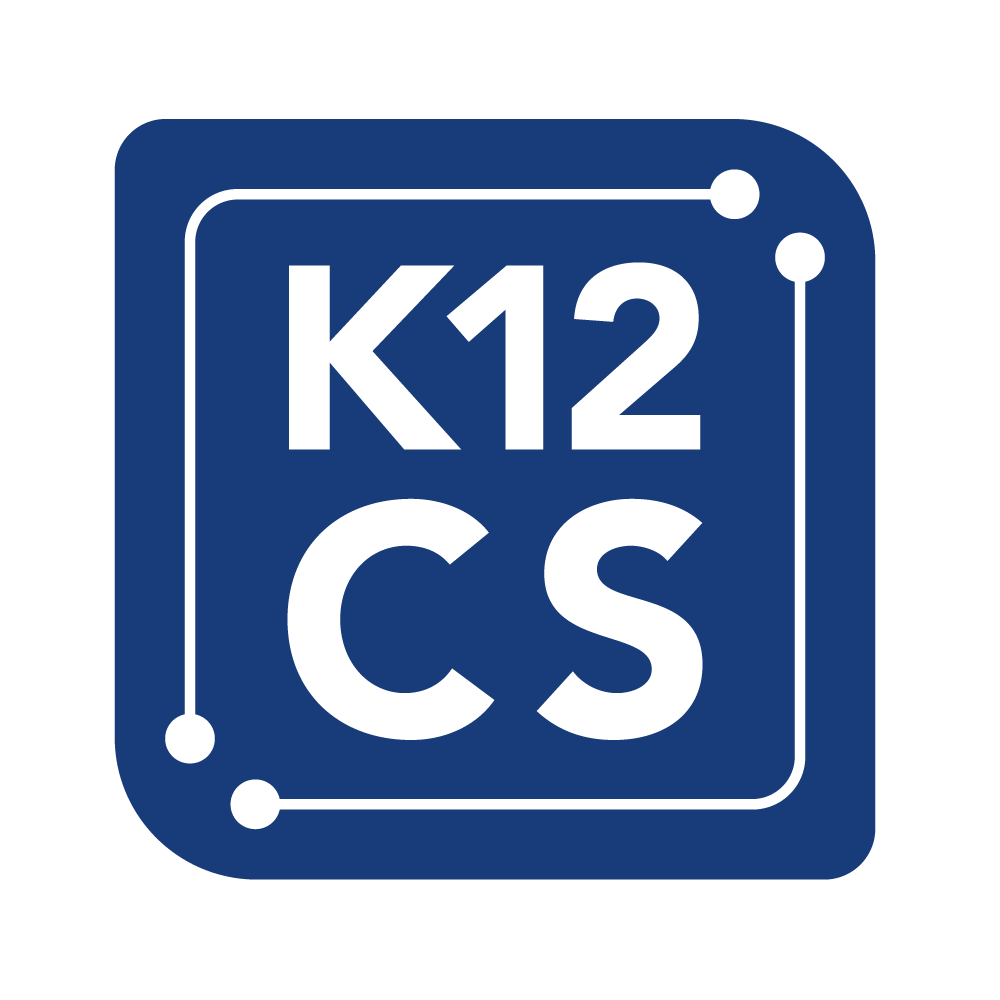Teach computer science in elementary school: In today’s world, many schools are integrating computer science lessons into their elementary school curriculum. Parents are also interested in enrolling their children in CS courses while studying in elementary school. The reasons for that are the remarkable impacts of teaching CS on boosting the young’s skills and global innovation.

Besides that, teaching CS at a very young age empowers children to enter highly-ranked universities and succeed in their future careers. Hence, many international organizations focus on creating computing standards for each age group and offering professional CS syllabus.
Let’s talk in more detail about these curricula and standards.
3 Brilliant examples of computing curriculum for the young.
Computing in the National Curriculum
This new syllabus has been developed for computer literacy, especially for young students, to promote their computing skills in England. With this curriculum, children can learn the methods of building programs and boost their innovative ideas.

CS Fundamentals:
Org offers several computer science courses for elementary school students. Through these programs, students can study the basics of CS with and without a computer in a fun and exciting way. This course also assists the young in improving their computational thinking and problem-solving skills.
Bootstrap:
This curriculum is one of the best-known modules for grades 6–12. It is structured according to CSTA standards, the Common Core, and Mass. DLCS standards. These curricular modules combine CS with other disciplines, such as algebra, physics, and data science.
Thus, this study will increase the intellectual ability of the learners and allow them to understand many subjects.
The best computer science (CS) standard
The Computer Science Teachers Association (CSTA) is one of the international unions. CSTA’s mission is to “empower, engage and advocate for K-12 CS teachers worldwide”. Generally, CSTA focuses on computer science education and publishing CS standards.
These CSTA recommendations are designed for students from 5 to 18 years old and established by CS teachers, administrators, and policymakers. These standards aim to teach computer science and practice computing skills to boost CS education in this computing-intensive world.
What are the CSTA Standards?
CSTA standards are the computer science standards for all students. These standards consist of many levels according to the student’s age. For example, level 1B is for grades 3-5 at 8-11 years old to simplify things.
Next, level 2 is designed for grades 6-8. This is followed by level 3A, structured for students between 14-16. Lastly, level 3B is for high school students who want to pursue further CS education as elective courses besides the compulsory CS courses.
As you read, you may wonder what the significant aims of these standards are. Let’s go over them.
The objectives of CSTA standards
- All elementary school students should know basic computer science knowledge and principles.
- The modern curriculum should introduce computer science effectively to the students in secondary school. This will help students to acquire the credits for CS, science, and math subjects to graduate.
- They are motivating the schools to provide more intensive courses to help students enroll in universities or career endeavors.
- Thorough computer science courses should be available for all students and underrepresented groups.
What is the framework of K-12 Computer Science?

The K–12 computer science structure (k12cs.org) offers comprehensive, outstanding guidance for level 1A at 5 – 7 years old. Therefore, this framework was considered a key input for setting the previously mentioned standards.
Also, the experts merged the practices from this structure with the concept statements. Hence, CSTA standards can provide measurable indicators for students’ performance. To make things clear, let’s explain these concepts or principles.
What are the concepts and practices of K-12 standards?
The concepts of K-12 are computing Systems, networks, and the internet. Not only these, but also these principles include algorithms and programming.
Based on these concepts, we should follow specific standards to help students acquire knowledge and skills. Additionally, CSTA designed certain practices to boost computer education and communication regarding computing.
These practices improve the computing culture, generate computational artifacts, and identify computational problems. Thus, all these concepts are designed to help our children for mastering computer skills.
Top 5 benefits of K-12 for our children.
Believe it or not, I know you are curious about the advantages of these concepts and standards for your children. Of course, parents should seek the best computer science standards for boosting their children’s growth.
Let’s be honest with you; this K-12 standard was designed for the sake of your child when referring to teaching computer science in elementary school. Here are several merits of K-12:
Learning hardware and software:
This k-12 is structured to help your child step-by-step. Ideally, the young should begin to discover the physical composition of the computer.
Then, the learners should explore several computer programs to do several tasks. Besides that, identifying and knowing how to handle many troubleshoots with computing systems are the key advantages.
Networks and the Internet:
The young learn how to use the internet safely to search for information. Also, your children need to understand computer networks and how they can use them correctly.
His basic knowledge and your child will study the basics of cybersecurity to know several methods for protecting their computers and passwords.
Data and analysis:
The students usually use the data in many different ways. For example, some store, edit, or copy the data on their computers. So, they should professionally learn at a very young age how to handle this data, whether audio files, images, or texts.
This knowledge will assist them in studying other subjects faster. Additionally, the educators will guide your child in presenting and analyzing the data after collecting them. Conversely, the learners understand how to analyze visual data, such as pie charts and graphs, to make forecasts.
Learning programming and algorithms:
K-12 is a beneficial tool to excel in programming. Your children will create programs bit by bit and optimize the plans for program development.
This will allow the young to express their creative ideas and boost their problem-solving skills. Moreover, learners can design algorithms for several tasks, such as preparing for school and cleaning.
Boosting social interaction:
Using the internet and computing skills creates ways to develop your child’s communication skills with peers and teachers. Also, your children can share their work, get feedback from their classmates, and build collaborative social interactions.
Final Thoughts
To summarize, teaching computer science in elementary school has become a required course like other STEM subjects for elementary school students.
Keeping the benefits of CS in mind, high-standard curricula are in high demand worldwide. Therefore, many schools and associations are interested in creating CS syllabi and developing them for the sake of our children.
CSTA standards are well-known examples of CS standards for all students from a young age until high school. These K-12 standards bring advantages for your children, like boosting their computer science knowledge and promoting mental development.
The young also learn the basics of programming, algorithms, communication, and cybersecurity.
Related topics.
Teach computing in primary school helps STEAM abilities
STEM / STEAM education in elementary schools